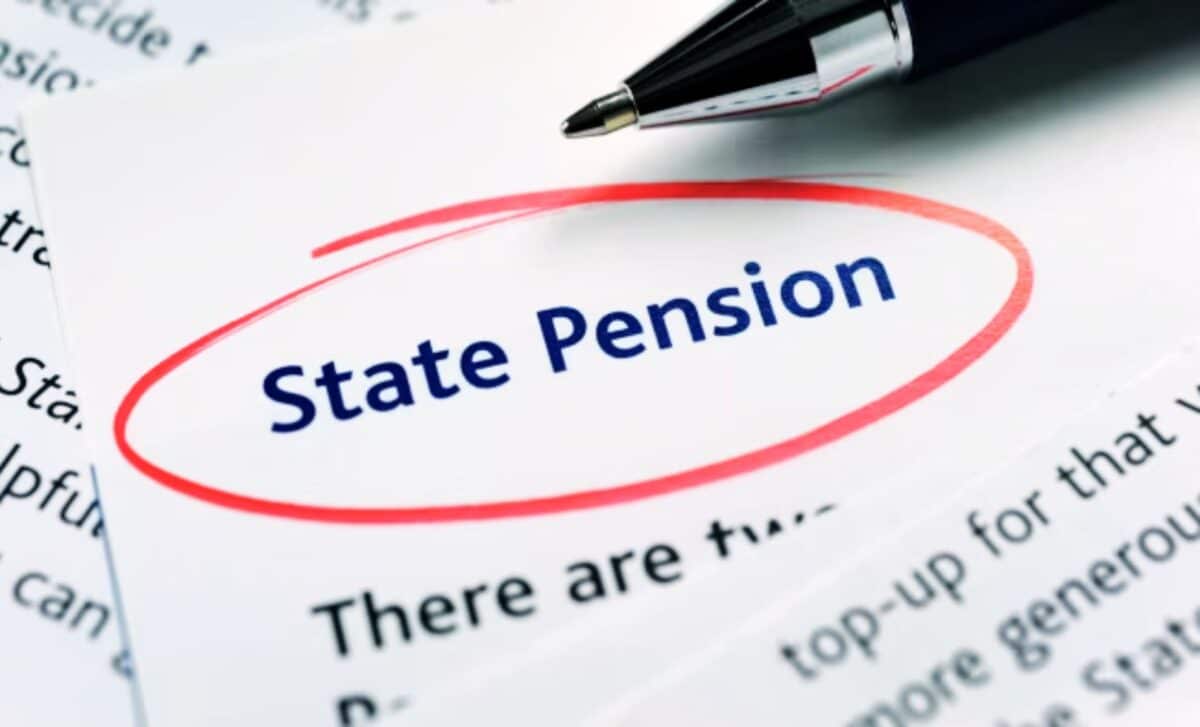Millions of older people in the UK could get a pay rise next year, with state pensions going up by as much as £461. Thanks to the triple lock rule, state pensions are likely to increase by 4% next April.
This rule means pensions go up based on whichever is higher: the inflation rate in September, wage growth between May and July, or 2.5%.
State Pension Payments Set to Rise by 4% Next Year Due to Wage Growth
Earlier this month, it was announced that wages have increased by 4%. This means state pension payments are likely to go up by this amount since inflation is expected to be lower, reports The Mirror. The inflation rate for September will be released on October 16 and is currently at 2.2%. Unless inflation rises sharply, the pension increase will likely be based on wage growth. Any updates on state pensions will be officially shared in Labour’s first Autumn Budget on October 30.
The state pension is money paid by the Department for Work and Pensions (DWP) and comes in two types: the “new style” state pension and the “old basic style” state pension. If you are a man born on or after April 6, 1951, or a woman born on or after April 6, 1953, you will receive the new state pension. If you were born before those dates, you will get the old one.
Old State Pension: £353 Increase in 2025
More people in the UK receive the old state pension than the new one, with 9.3 million individuals getting these payments each month. This pension is for those who retired before April 2016. According to Age UK, the old state pension has two parts:
- A basic amount based on your National Insurance contributions.
- An extra amount, also based on your National Insurance contributions, which considers your earnings and whether you received benefits.
To get the full amount, you need at least 30 years of National Insurance contributions or credits. However, if you are a woman born before April 6, 1950, or a man born before April 6, 1945, you might need more years.
Age UK states that if you don’t have enough qualifying years, you’ll receive a portion of the full amount based on how many years of contributions you do have. For example, if you’ve paid in for 15 years when you claim, you’ll get 15 out of 30 parts of the full amount, which is currently £84.75 a week. Even if you don’t receive the full amount, it will still increase each April.
The current weekly amount is £169.50, which will rise to £176.28 in April 2025, resulting in an increase of £6.78. Annually, the current total is £8,844.27, and it will increase to £9,198.04 in April 2025, marking a rise of £353.77.
New State Pension: £461 Increase in 2025
Currently, 3.4 million pensioners are receiving the new style state pension. Only a small number of older people get this pension, with about one in four receiving the new one. To get the full new state pension, you need 30 years of National Insurance contributions. According to Age UK, if you’ve already earned contributions under the old system before 2016, you will have a “starting amount,” which is the highest of the following:
- The amount you would have received under the old system, including both the basic and additional pension.
- The amount you would get if the new state pension had been in place since you started working.
If your “starting amount” is higher than the full amount of the new state pension, the extra will be protected and added on top of the full amount when you claim it. If your starting amount is less than the full new state pension, you can increase your pension by making more contributions or getting credits from April 6, 2016, until you reach state pension age.
The current weekly amount is £221.20, which will increase to £230.05 in April 2025, representing a rise of £8.85. Annually, the current total is £11,541.90, set to rise to £12,003.68 in April 2025, reflecting an increase of £461.78.









